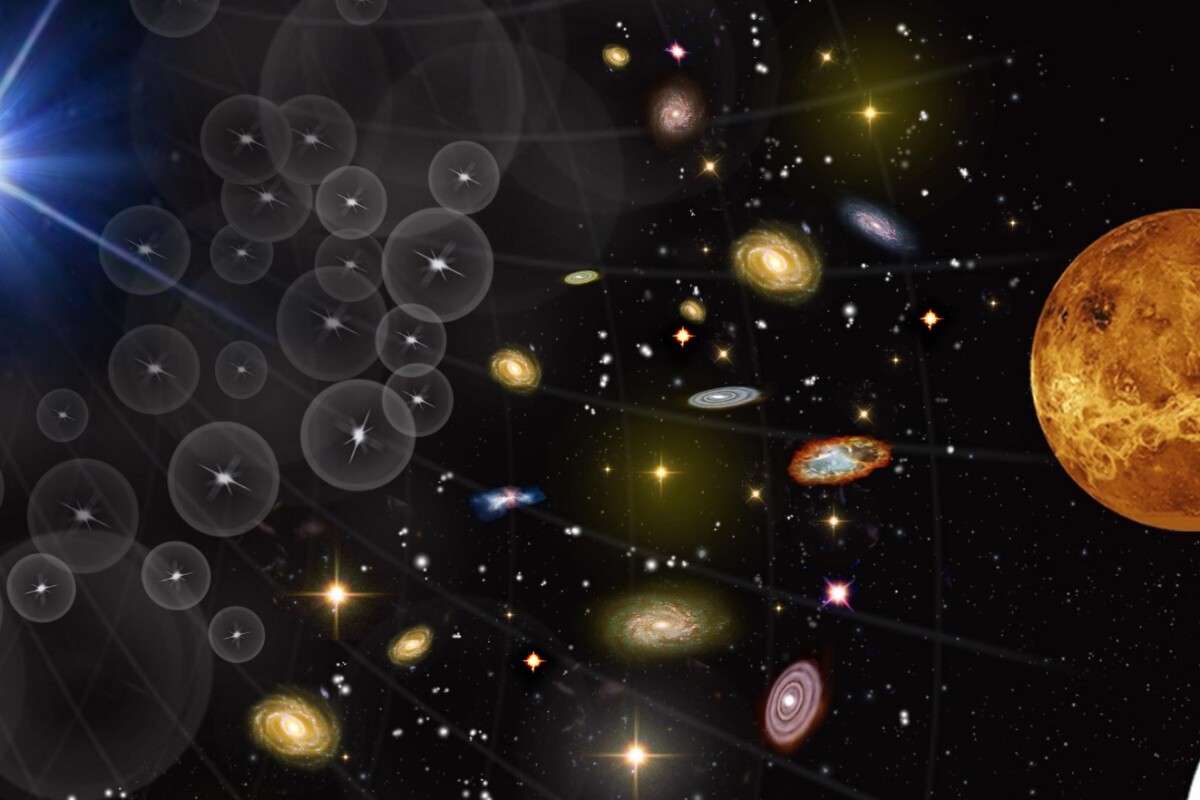The European Space Agency (ESA) has announced three major space mission concepts it is now examining to fill the fifth medium class mission slot in its Cosmic Vision science program. The new missions under consideration include a next-generation infrared space telescope, a surveyor craft that seeks out transient high-energy events, and a new Venus orbiter.
The three new projects were selected from 25 proposals and are still very much in the conceptual phase. According to ESA, the Transient High Energy Sky and Early Universe Surveyor (Theseus), the SPace Infrared telescope for Cosmology and Astrophysics (Spica), and the EnVision Venus orbiter will be subjected to parallel feasibility studies, with a final decision of whether to go ahead with one of them scheduled for 2021, ahead of a slated launch date of 2032.

The Theseus mission would be tasked with monitoring short-lived, high-energy events, like gamma-ray bursts caused by events that include supernova explosions. The Theseus spacecraft would monitor the entire sky and accurately map such events as they occur, so that space- or ground-based observatories can do follow-up studies in other parts of the electromagnetic spectrum. It could also carry out its own follow-up observations by helping to identify radiation sources for gravitational wave studies.
Spica is a joint European-Japanese project that is intended to provide greater far-infrared spectroscopic and survey capabilities than NASA's Spitzer and ESA's Herschel space observatories. Its purpose is to provide new information about the origin and evolution of galaxies, stars, planets, as well as the origin of life.
Meanwhile, EnVision is a new orbiter and potential follow up to ESA's Venus Express mission that ended in 2014. The goal is to produce a new radar map of the Venusian surface to gain a better understanding of the planet's evolution as well as the relationship between its geological activity and the atmosphere.
"I am impressed about the quality and breadth of the missions proposed for M5," says Günther Hasinger, ESA Director of Science. "Each of the selected proposals has high scientific value, and would ensure a continuation of Europe's expertise in the fields of planetary science, astrophysics and cosmology."
Source: ESA








